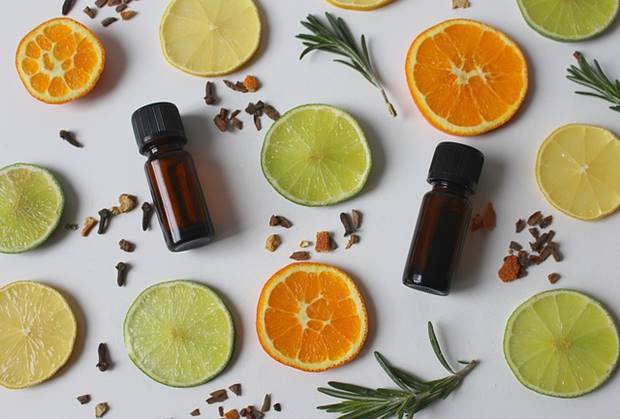
Age spots, also known as liver spots or solar lentigines, are flat, tan to brown patches that appear on the skin. They are primarily caused by prolonged exposure to the sun’s ultraviolet (UV) rays. When the skin is exposed to UV radiation over time, it triggers an increase in melanin production. Melanin is responsible for giving color to the skin and acts as a natural defense against UV rays.
However, excessive production of melanin can lead to the formation of age spots. These spots usually appear on areas frequently exposed to sunlight, such as the face, hands, shoulders, and arms. While age spots are harmless and do not require medical attention, many people seek ways to diminish their appearance for cosmetic reasons. This leads us to question whether helichrysum can effectively treat age spots.
The Benefits Of Helichrysum For Age Spots
Helichrysum, a flowering plant native to the Mediterranean region, has gained popularity for its potential benefits in reducing the appearance of age spots. This remarkable plant contains various compounds that contribute to its skin-nourishing properties. One such compound is arzanol, which possesses strong antioxidant and anti-inflammatory effects. These properties may help combat the oxidative stress and inflammation associated with age spots.
Helichrysum essential oil, derived from the plant’s flowers, is often used topically to target hyperpigmentation. It may help lighten dark spots over time by inhibiting melanin production and promoting skin cell turnover. Additionally, helichrysum oil has moisturizing qualities that can enhance skin elasticity and overall complexion.
Scientific Evidence: Does Helichrysum Really Work?
While helichrysum essential oil is often touted as a natural remedy for age spots, scientific evidence supporting its effectiveness remains limited. Although helichrysum contains certain compounds that possess antioxidant and anti-inflammatory properties, there is a lack of robust clinical studies specifically investigating its impact on age spots. A study published in the Journal of Ethnopharmacology found that helichrysum extract demonstrated inhibitory effects on melanin production in human melanoma cells.
However, this does not necessarily translate to the same effects on age spots in humans. More research is needed to determine if helichrysum can effectively reduce the appearance of age spots. Furthermore, it is crucial to note that individual experiences with any natural remedy may vary.
For more information about the effects of Helichrysum extract on age spots read :
Night Cream Containing Melatonin, Carnosine and Helichrysum italicum Extract Helps Reduce Skin Reactivity and Signs of Photodamage: Ex Vivo and Clinical Studies
https://www.ncbi.nlm.nih.gov/pmc/articles/PMC7649196/
How To Use Helichrysum For Age Spots: Application Methods
When it comes to using helichrysum for age spots, there are several effective application methods to consider. One popular method is to dilute a few drops of helichrysum essential oil with a carrier oil, such as coconut or jojoba oil, and apply it directly to the affected area. Gently massage the mixture into the skin until fully absorbed. Another option is to create a homemade face mask by combining helichrysum essential oil with other skin-beneficial ingredients like honey or yogurt.
Apply the mask to your face and leave it on for about 15 minutes before rinsing off with warm water. Additionally, you can add a few drops of helichrysum essential oil to your regular moisturizer or serum and use it daily as part of your skincare routine for overall skin rejuvenation and fading age spots over time.
Precautions And Side Effects Of Using Helichrysum For Age Spots
While helichrysum oil has been praised for its potential benefits in reducing the appearance of age spots, it is important to exercise caution when using this essential oil. First and foremost, it is crucial to dilute helichrysum oil with a carrier oil before applying it to the skin, as direct contact may cause skin irritation or allergic reactions in some individuals.
Additionally, individuals with sensitive or reactive skin should perform a patch test prior to using helichrysum oil on larger areas of their body. Furthermore, pregnant or nursing women should consult their healthcare provider before using helichrysum oil for age spots due to limited research on its safety during these periods.